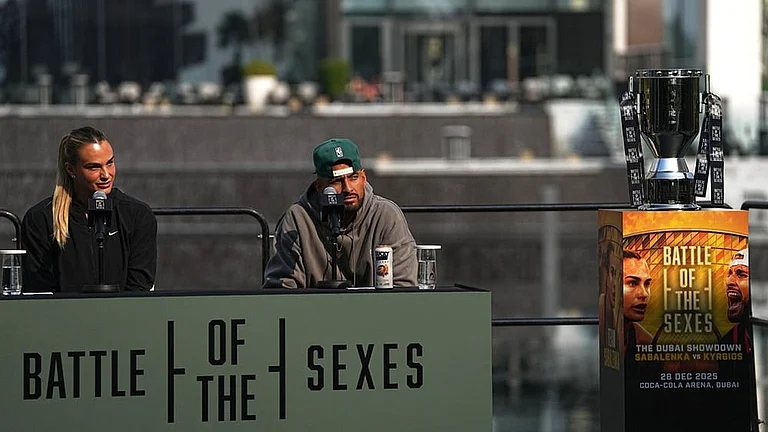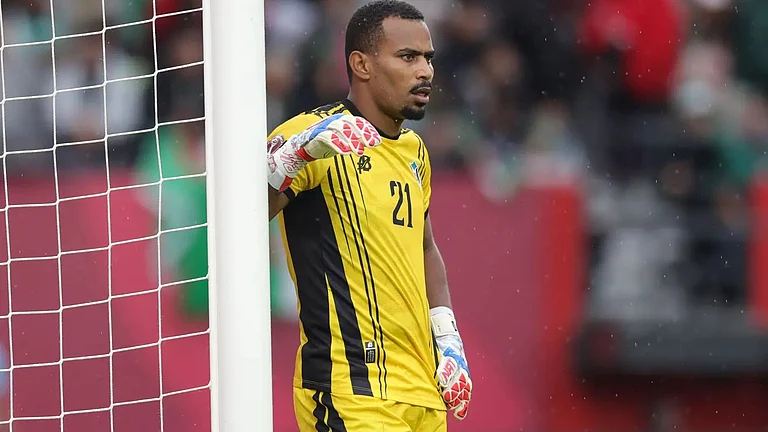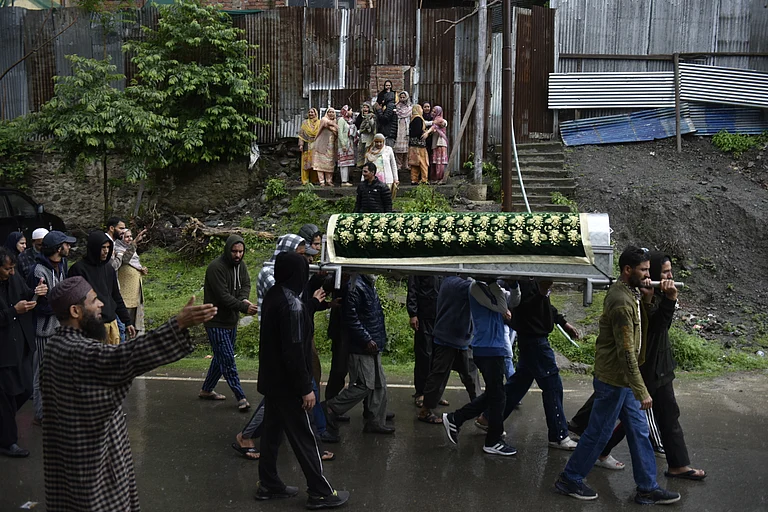However, the problem with journalese is that outside the time-frame where it belongs, most of them tend to look stale, repetitive and stereotypical, though at the time it was published it could have created many a flutter. The piece on Laloo Prasad Yadav is one such. When Dalrymple scorns disdainfully at the audacity of Yadav who had booked the entire front row of seats in the Delhi-Patna flight for his entourage, he forgets the fact that many political leaders travel with an entourage. Chief ministers of Indian states are incidentally democratically elected and can be considered minor heads of state in terms of the sheer magnitude of problems that confront them. So, Yadav like other heads of state can easily be pardoned for booking a few seats for his flunkeys on the Delhi-Patna flight. Dalrymple, like many other visiting journalists, failed to grasp the meaning of the Laloo Yadav phenomenon and so settled down to observe him scratch his balls. Part-time purveyors of the Indian political scene often end up with such predictable stereotyping.
Dalrymple is at his best while skirting such issues, talking to Imran Khan, trying to pierce the veil around the Bhutto family and going around Madurai. His phenomenal descriptive powers come into play here, unlike in political profiles. This is the way he sees Meenakshi temple, named after the goddess of fertility: "Spiralling out over the cornices and the finials of the arcades are a great anarchic cavalcade of mask heads, demons, demigods and god-lines, peeping out from the angles, coming to roost under the pendetives: a great spiralling pantheon of Hindu deities that is repeated with even greater vigour over the towering gopuras."
Dalrymple's account of his visit of Jaffna is the only other piece that really needs to be preserved between hard covers. Among all the journalists who tried to penetrate into Tiger land, Dalrymple's seems the most authentic. After waiting for hours in an LTTE office trying to get a call through to LTTE leader Anton Balasingham, he steps out frustrated only to see Anton and his Australian wife come out of a vehicle and cross the road. Anton puts him through to an LTTE commander. For the first time ever, a woman fighter belonging to the 'Freedom Birds' division of LTTE plays out a first-hand account of a battle scenario to Dalrymple, maybe carried away by his disarming smile. It is one of the most stunning portrayals of a ruthless and efficient guerrilla outfit and its death-daring fighters that any journalist has managed to piece together. Through it all Dalrymple maintains an undercurrent of humour.
To the uninitiated, mostly the readers in the West, most of the pieces in this collection could hold value and a few hours of good reading. To those in the know of events described here, it is just routine reportage. As a book, this collection fails for the simple reason that journalese cannot easily appropriate to itself that elusive quality called permanence. This collection leaves us yearning for the real Dalrymple melding glorious history with the present mess, like he did so endearingly both in Djinns and From Holy Mountain.























